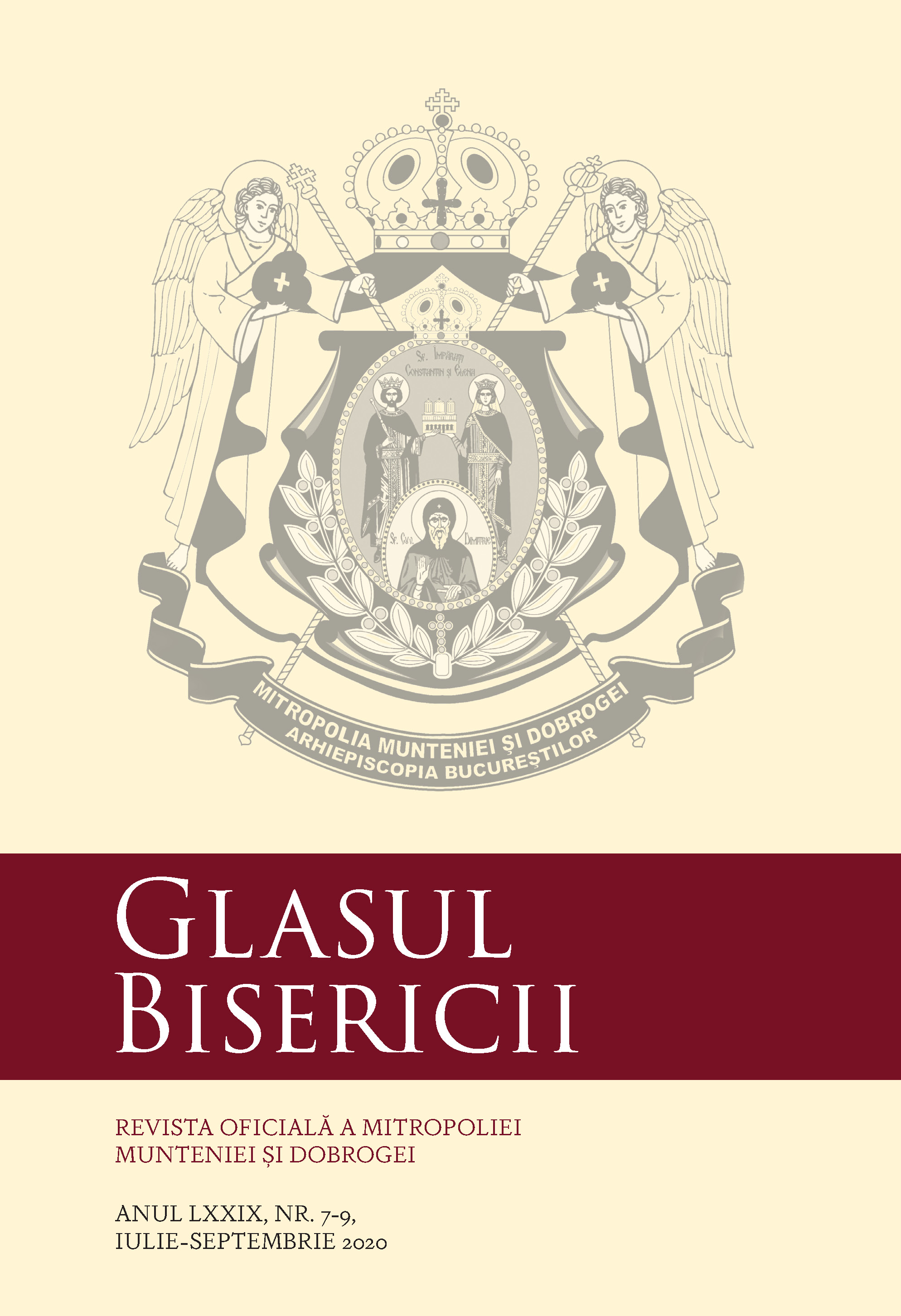Împotriva forței stelelor și artei astronomilor: o narațiune bizantină despre atacul otoman împotriva Constantinopolului din 1422
Against the Force of Stars and the Art of Astronomers: A Byzantine Narrative of the Ottoman Attack on Constantinople in 1422
Author(s): Octavian-Adrian NegoițăSubject(s): History of Church(es), Religion and science , 13th to 14th Centuries, Eastern Orthodoxy, Philology, Translation Studies
Published by: Arhiepiscopia Bucureștilor
Keywords: Panaghia; John Kananos; Ottoman attack 1422; Mersaites;divination;
Summary/Abstract: This study briefly analyzes a fifteenth-century Byzantine work written by John Kananos, which describes the Ottoman attack of Constantinople led by Sultan Murat II that took place in 1422. This text is the main source for this historical event, as the author himself was an eyewitness of the Ottoman assault. Concerning the reasons for writing his account, Kananos is very clear from the beginning of the treatise. He planned to narrate the defeat of the Ottoman armies by the Byzantine defensive, which was aided by the Panagia to a decisive end. In this regard, the text can also be read as an encomion dedicated to the Most Holy Virgin, as Kananos considered her to be the saviour of Constantinople. The connection between Virgin Mary and the Byzantine capital stretches from the moment of the foundation of the imperial city by Constantine the Great until the end of Byzantium. Hence, since its inauguration Constantinople was dedicated to the Mother of God, and later the Byzantine religious tradition placed Panagia at the center of the City’s numerous salvations from the foreign attacks.In his text, John Kananos describes how the Ottoman armies fled from Constantinople after Panagia showed herself on the fortifications of the City, aiding the poor Byzantine defensive. To create a contrast between the vast and fiercely power of the Ottoman armies and the weak Byzantine troops, the author introduces vast descriptions concerning the assault machines brought by the Ottomans to conquer Constantinople. Moreover, in order to parallel the divine aid received from the Theotokos with the prophetical predictions made by the Persian scholars and the Turkish ‘patriarch’ Mersaites on the fall of Constantinople, Kananos vividly describes the outcome of the armed conflict, which brought together divine and earthly powers, on the one hand, and many nations, both Christian and Muslim, on the other. In general lines, Kananos’ narration is a vibrant description of a medieval siege, an important Byzantine source for the history of late Byzantium, an anti-Ottoman work infused with late Byzantine perceptions on Islam, as well as a miracle tale dedicated to the Most Holy Mother of God. The study is followed by the first translation into Romanian of this Byzantine work, which had been annotated, offering to the reader historical and philological explanations, as well as bibliographical references.
Journal: Glasul Bisericii
- Issue Year: 79/2020
- Issue No: 7-9
- Page Range: 179-216
- Page Count: 38
- Language: Romanian
- Content File-PDF

